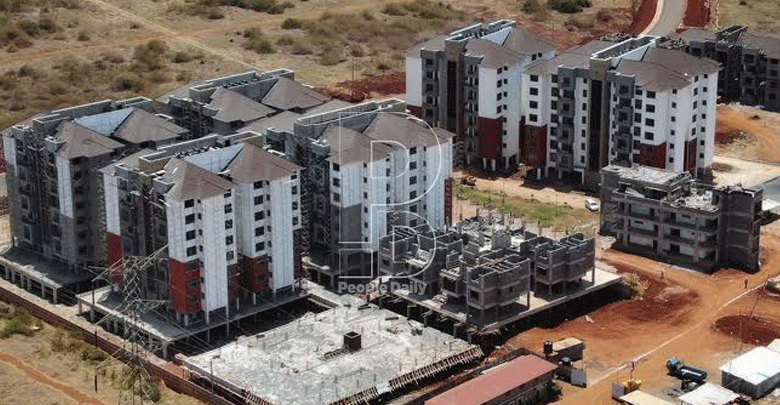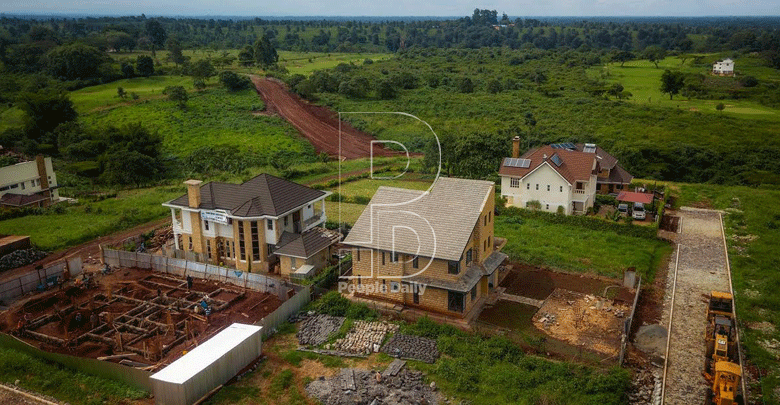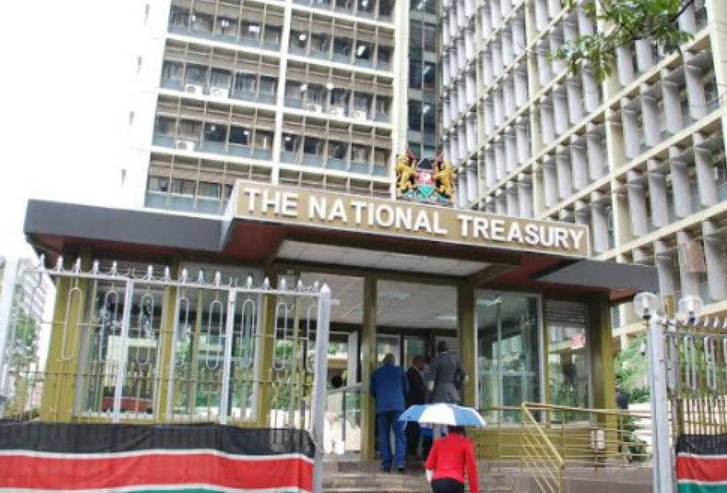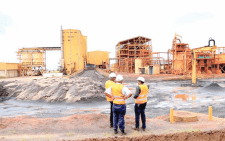Mixed-use developments set to spur realty growth

Harriet James @harriet86jim
Developers, landowners, tenants, and professionals in the real estate industry are under immense pressure to adapt their business models to changes occasioned by Covid-19 pandemic.
“The pandemic is calling us to look into the styles in which we work together and where we live and how these two have resulted in the change of preferences in the market,” begins Robyn Emerson, president of Women in Real Estate (WIRE)
“Preferences that are driven by demand and supply are impacting the ways that we see design, the way that we think about how we present properties, the ways that we actually do our work as professionals in the built environment sector,” she continues.
During a webinar held recently titled Building in Kenya: Are mixed-use developments the future of of real estates?, one of the adaptations that stakeholders suggested is the introduction of mixed-use developments, which they see as representative of the community of the future.
By definition, a mixed–use development is a real estate development that comprises of more than one real estate theme.
The development could have two or more uses, for instance, have a retail, residential and hotel services whose roles are somehow interlinked and complement each other.
“We do see a shift in the market since people do not want to travel far away to access facilities,” says Jayesh Chavda of TRV Group Kenya, a real estate company.
“We are adapting to the western way of being around the same estate and everything being within the same locality so you don’t have to travel far off to seek for services considering the rising price of fuel.
It makes it easier too to work from home since everything is within reach,” Chavda adds.

Cytonn 2020 report on the Nairobi Metropolitan Area Mixed-Use Developments (MUDs) recorded an average rental yield of 7.1 per cent, 0.3 percentage points higher than the respective single use retail, commercial office and residential themes average of 6.8 per cent.
Offices, retail as well as residential spaces recorded rental yields of 7.8 per cent, 7.3 per cent and 6.2 per cent, respectively, compared to the single-use average of 7.5, 7.2, and 5.6 per cent, respectively.
Hard economic times
However, on overall, MUDs recorded a 0.2 percentage points year on year decline in average rental yield to 7.1 per cent in 2020 from 7.3 per cent in 2019, attributed to a tough economic environment caused by the Covid-19 pandemic that constrained consumer spending.
Westlands was ranked as the best performance with an average MUDs yielding 8.5 per cent with the retail, office and residential spaces recording rental yields of 9.8, 8.2 and 7.0 per cent, respectively.
This is 2.0, 0.9 and 0.8 per cent points higher than the market averages of 7.8, 7.3 and 6.2 per cent, respectively.
Limuru Road and Karen came in second which an average of 7.3 per cent each.
The main drivers of the mixed use development by developers are the fact that it yields higher returns compared to single use developments.
The rise of Foreign Direct Investments and the rise of the middle class has resulted in the growth of such, as they have increased demand and offer convenient office spaces with social themes.
“Mixed-use development is able to give a higher return than the single-use ones. But for a developer it goes beyond the return.
Looking at the developers I’ve worked with, there is so much more than just the money, but developing what is on demand in the market.
Developers are looking at what gives the best and highest possible returns in terms of sale price and in terms of rental, because as a developer, as you sell, there is a possibility that you might be left with a few units to rent out as you are waiting for the market to auto correct, in case the market has a problem,” explains Esther Karegi, a realtor with Laser Property Services Limited.
She says that the market is slowly moving towards mixed-use development direction and developers are looking at it not only from the returns perspective, but wholly looking into other aspects such as sustainability.
“Depending on the market, sometimes certain portfolios perform better than others.
There was a time when malls were not doing very well, but if as a developer you have a mixed-use development, you could be able to balance your returns since you have the mall on one side and residential units on the other,” she says.
However, such developments come with challenges too. One is that they face cannibalisation attacks that take place when the project is poorly planned and there are competing concepts in the same development.
Unplanned developments
“Planning and zoning of the respective area that has the project is one of the challenges that need to be addressed.
This is because some people come up with big schemes in a residential area, which is not only poorly serviced, but with the notion that one can just build houses anyhow.
The planning elements needs to factor in the lifestyle of people and you can’t just have a residential area without factoring a commercial zone in it,” notes Wilson Mugambi of the Architectural Association of Kenya.
The second challenge is infrastructure. “You will find a good parcel of land at a good location, but you have poor roads, lack water or even electricity. It’s not just about cutting a piece of land into plots, but you also need to think of how they are well serviced.
If you look at Tatu City, its developers looked at it from bottom-up and placed the necessary infrastructure so that anyone plugging in has them already set up,” says Wilson.
The third challenge is that these developments take a longer time to develop, and attract many people to a particular area, which eventually creates a cosmopolitan zone.
For instance, estates, such as Buruburu were designed to be mixed-use developments with a commercial area, school and housing, but presently it’s congested and people have put up structures beyond what its intended purpose and eventually puts a strain on the infrastructure.
“Another thing is that if you look at a metropolitan area, such as Nairobi where most people would desire to live, we are somehow limited by the size of land that is available to accommodate a proper mixed use development.
However, developers can consider utilising vertical mixed use development as opposed to horizontal ones,” says Esther
Horizontal developments are those that spread on a huge parcel of land, for instance, on over 50 acres land, while vertical mixed-use developments contain a range of uses in one building.
“We need to look at how we can do more vertical as opposed to developments that are stretched.
We can also look at partnerships where the government can encourage citizens to come in and use mixed-use developments by offering land for free.
Machakos county is doing this for some investors and is set to attract more investors,” she notes.
However, Wilson posits that professionals will need to delink from politics. “We need to keep on drumming to the politicians that nothing in the sector can happen without the input of professionals.
We need to ensure that we have a stake at both the planning and the implementation level.
There is no point for the government to sub contract a professional from another country to come and implement projects, which professionals in the country can do,” he says in conclusion.















